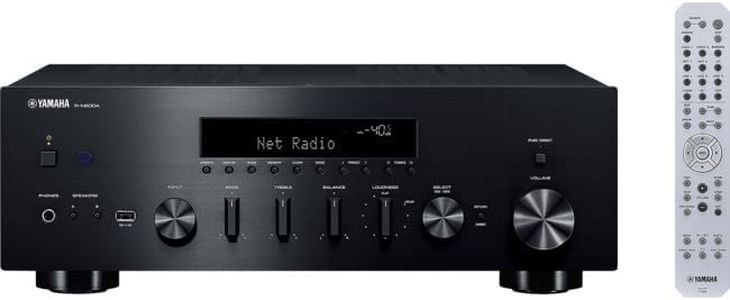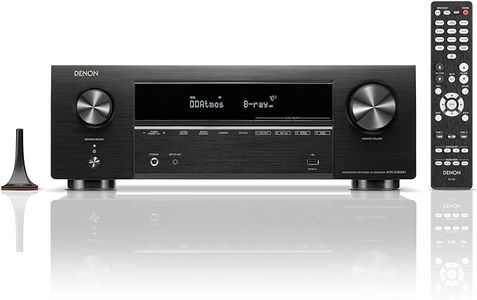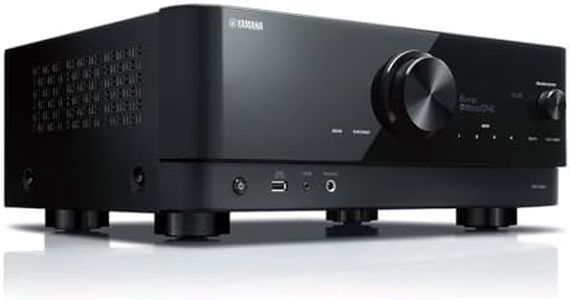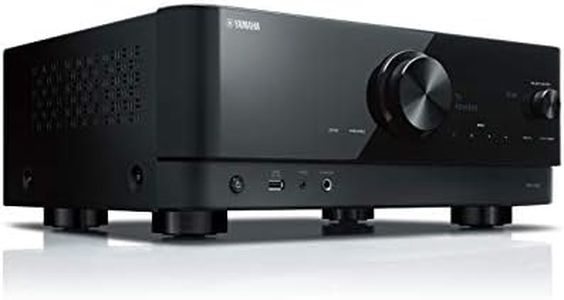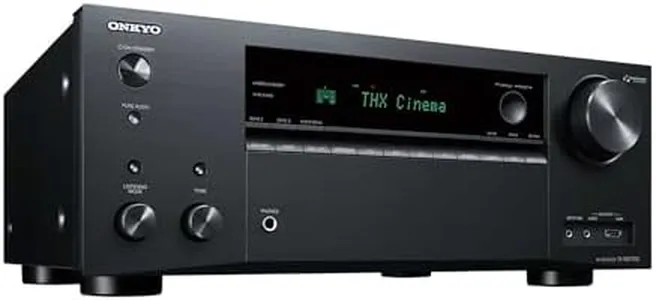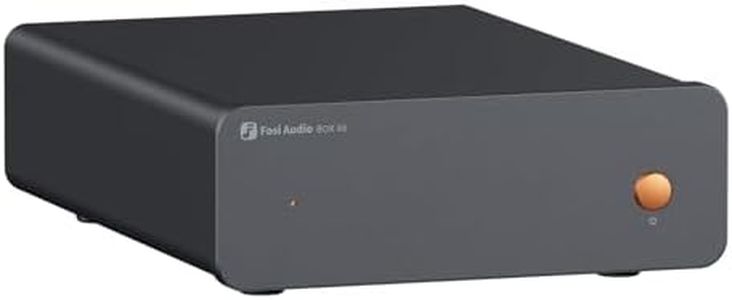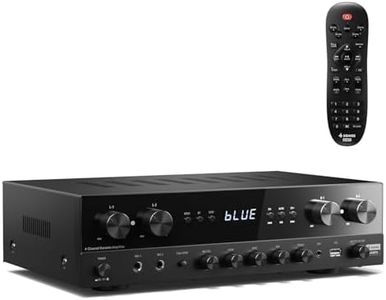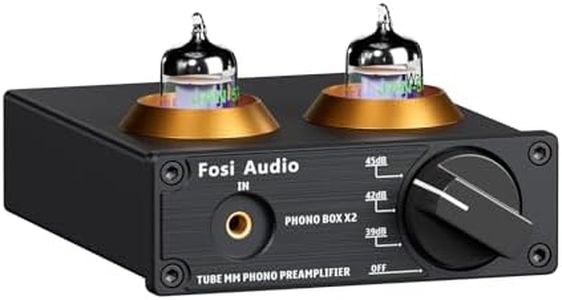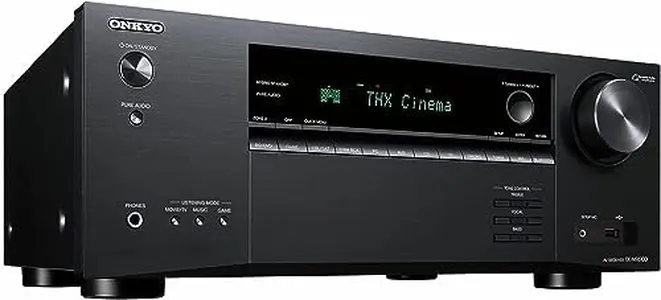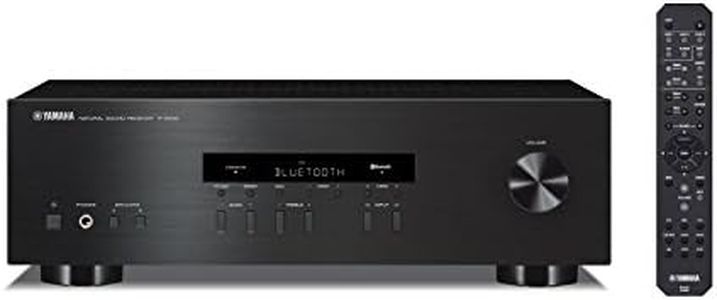We Use CookiesWe use cookies to enhance the security, performance,
functionality and for analytical and promotional activities. By continuing to browse this site you
are agreeing to our privacy policy
10 Best Receiver For Turntables
From leading brands and best sellers available on the web.Buying Guide for the Best Receiver For Turntables
Choosing a receiver for your turntable is an important step to get the best possible music listening experience. A receiver is responsible for amplifying your turntable's sound and managing the sound output to your speakers. To make the right choice, you should consider not just compatibility with your turntable, but also the features and specs that suit your listening style and setup. Understanding key specifications will help you confidently pick a receiver that matches your needs and makes your vinyl collection sound its best.Phono InputA phono input is a dedicated port on the receiver designed specifically for connecting a turntable. It includes a special preamp to boost the weak signal from your turntable to the level needed by the receiver. This feature is crucial if your turntable does not have a built-in preamp. If your receiver has a phono input, it's plug-and-play for most turntables; without it, you'll need an external preamp. Always check what your turntable offers and what your receiver supports to ensure they match, so you won’t need to buy extra equipment.
Power Output (Wattage)Power output indicates how much electrical energy the receiver delivers to your speakers, measured in watts per channel. This affects how loud and how clearly your system can play music. Lower wattage (like 30-50 watts per channel) works well for small rooms and bookshelf speakers, while higher wattage (70 watts and above) is suitable for larger rooms or more powerful speakers. Think about your room size and how loud you like your music; pick a receiver with wattage that fits your usual listening habits and speaker requirements.
Analog vs. Digital InputsReceivers can have analog and digital inputs for connecting various audio devices. For turntables, analog inputs—especially the phono input or line input—are most important. Some receivers offer both, while others might focus more on digital connections like HDMI or optical for modern devices. If you mainly use a turntable, prioritize receivers with good analog options. But if you plan to connect TVs, game consoles, or streaming devices, having a mix of analog and digital inputs gives you flexibility.
Number of ChannelsThe number of channels refers to how many speakers the receiver supports. Stereo receivers (2 channels) are usually enough for traditional turntable setups and music listening, giving you sound through left and right speakers. Surround sound receivers (5 or more channels) are designed for home theater but can be used for music too. If you're focused on vinyl music, a 2-channel receiver is typically the best choice. Choose more channels only if you plan to use the receiver for movies or surround sound as well.
Connectivity and FeaturesModern receivers might include extra features like Bluetooth, Wi-Fi, or USB ports for streaming music wirelessly or playing from different devices. While these aren’t necessary for playing records, they can make your setup more versatile. Decide if you want only basic functionality for your turntable or if you’d enjoy the convenience of streaming music from your phone or computer. Pick features that match your other music listening habits and the devices you already use.
Size and BuildReceivers come in various sizes and designs, which can affect where you place them and how they fit with your other equipment. Smaller receivers might be easier to fit into tight spaces, while larger models might offer more connection options or better cooling. Consider your available space, the look of your audio setup, and whether you’ll need to fit the receiver into an existing shelf or cabinet.
